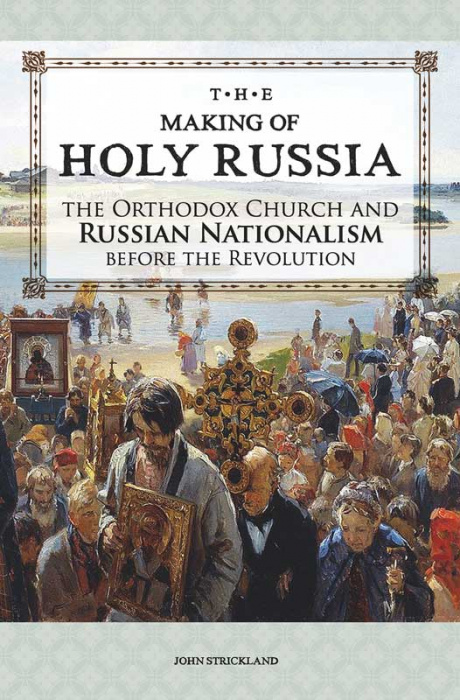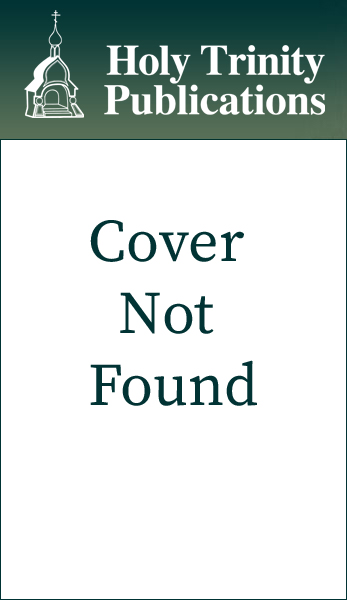The Making of Holy Russia
The Orthodox Church and Russian Nationalism before the Revolution
- Out of print9780884653295339 pages Add to basket
- AvailablePaperback9781942699279356 pages: USD 34.95 / GBP 23.99, POD Edition Add to basket
- Out of print9780884653462339 pages Add to basket
- AvailableDigital9780884653479339 pages: USD 19.99
- AvailableKindle9780884653486339 pages: USD 19.99
— About the Book —
This book is a critical study of the interaction between Russian Church and society in the late nineteenth and early twentieth century. At a time of rising nationalist movement throughout Europe, Orthodox patriots advocated for the place of the Church as a unifying force, central to the identity and purpose of the burgeoning, yet increasingly religiously diverse Russian Empire. Their views were articulated in a variety of ways. Bishops such as Metropolitan Antony Khrapovitsky—a founding hierarch of the Russian Orthodox Church outside Russia—and other members of the clergy expressed their vision of Russia through official publications (including ecclesiastical journals), sermons, the organization of pilgrimages and the canonization of saints. On the other hand, religious intellectuals (such as the famous philosopher Vladimir Soloviev and the controversial former-Marxist Sergey Bulgakov) promoted what was often a variant vision of the nation through the publication of books and articles. Even the once persecuted Old Believers, emboldened by a religious toleration edict of 1905, sought to claim a role in national leadership. And many—in particularly famous painter Mikhail Vasnetsov—looked to art and architecture as a way of defining the religious ideals of modern Russia. Whilst other studies exist that draw attention to the voices in the Church typified as “liberal” in the years leading up to the Revolution, this work introduces the reader to a wide range of “conservative” opinion that equally strove for spiritual renewal and the spread of the Gospel. Ultimately neither the “conservative” voices presented here nor those of their better-known “liberal” protagonists were able to prevent the calamity that befell Russia with the Bolshevik revolution in 1917. Grounded in original research conducted in the newly accessible libraries and archives of post-Soviet Russia, this study is intended to reveal the wider relevance of its topic to an ongoing discussion of the relationship between national or ethnic identities on the one hand and the self-understanding of Orthodox Christianity as a universal and transformative Faith on the other.
— Author Biography —
John Strickland was born and educated in California, culminating in a Ph.D. in Russian and European history from the University of California, Davis in 2001. He is an archpriest of the Diocese of the West in the Orthodox Church of America and is currently rector of St Elizabeth the New Martyr Church in Poulsbo, WA. His podcast "Paradise and Utopia: Reflections on the Rise and Fall of Christendom" is available on Ancient Faith Radio.
— Contents —
Foreword
Introduction
Part I: CULTIVATING HOLY RUSSIA
1 Russia’s Faithful Remnant
2 The Theology of Orthodox Patriotism
3 To the Lost Sheep of the House of Israel
4 The New Israel
Part II: CONTESTING HOLY RUSSIA
5 The Crisis of Apostle-Like Statecraft
6 The Lure of Nationalism
7 The Lessons of Patriotic Religious Intellectuals
8 The Germogen Canonization Festival of 1913
Epilogue
Conclusion
Illustrations
Notes
Acknowledgments
Bibliography
Index





